Based on CIE1931 Multi-Channel Color Conversion and Point-by-Point Calibration Optimization Method for LED Displays
DOI: 10.23977/jeeem.2025.080112 | Downloads: 8 | Views: 612
Author(s)
Wen Li 1, Shaolong Liu 1, Xinyu Miao 2, Tiansheng Sun 1
Affiliation(s)
1 School of Electrical Engineering, Yingkou Institute of Technology, Yingkou, Liaoning, 115000, China
2 Yingkou Abe Wiring Co., Ltd., Yingkou, Liaoning, 115000, China
Corresponding Author
Wen LiABSTRACT
With the development of display technology, the demand for high-fidelity color reproduction in LED displays has become increasingly prominent. Aiming at the problems of color gamut mismatch between video sources and display devices, complexity of multi-channel signal conversion, and chromaticity non-uniformity of pixels, this study constructs a systematic optimization scheme based on the CIE1931 color space. First, a color gamut mapping model from BT2020 to sRGB is designed, achieving minimum perceptual error under gamut compression through optimization of the color difference function. Second, for the conversion requirement from four channels to five channels, a multi-primary color mapping method integrating linear transformation and residual compensation is proposed to enhance color gamut expression capability using the new channels. Additionally, a point-by-point calibration algorithm based on local response function inversion is developed to solve the problem of pixel display non-uniformity. Test results show that the proposed method significantly improves color reproduction accuracy and display uniformity, providing theoretical and technical support for the design and optimization of high-performance LED displays.
KEYWORDS
LED Display; Color Space Conversion; Color Gamut Mapping; Multi-Channel DisplayCITE THIS PAPER
Wen Li, Shaolong Liu, Xinyu Miao, Tiansheng Sun, Based on CIE1931 Multi-Channel Color Conversion and Point-by-Point Calibration Optimization Method for LED Displays. Journal of Electrotechnology, Electrical Engineering and Management (2025) Vol. 8: 92-102. DOI: http://dx.doi.org/10.23977/jeeem.2025.080112.
REFERENCES
[1] Si Xiaolong, Huang Wenxin, Zhang Liming, et al. Research on on-orbit relative radiometric calibration method based on LED point light sources [J/OL]. Acta Photonica Sinica, 1-13 [2025-07-07].
[2] Zhang Ziye. Research on the influence of optical design on the improvement of LED lighting efficacy [J]. China Lighting, 2025, (06): 90-92+171.
[3] Weng Yubin. Calibration of RGB-D camera depth sensor and depth map completion based on CGAN [D]. Guilin: Guilin University of Electronic Technology, 2024.
[4] Cheng Xudong, Chen Zukang, Zhang Zhenlin, et al. Research progress of Micro LED based on quantum dot color conversion layer [J]. New Energy Progress, 2025, 13(01): 107-120.
[5] Wang Xinyi, Zhou Haojie, Ji Xiaoxiao, et al. Process and performance optimization of green quantum dot color conversion layer based on inkjet printing [J]. Acta Optica Sinica, 2024, 44(14): 275-284.
[6] Song Yukang, Tang Guijin. Underwater image enhancement based on dual color space and multi-network fusion [J]. Journal of Nanjing University of Posts and Telecommunications (Natural Science Edition), 2023, 43(03): 44-56.
[7] Lin Song, Sun Lianshan, Zhao Juanning, et al. Small-sample color space conversion method based on generative adversarial network [J]. Packaging Engineering, 2023, 44(11): 309-316.
[8] Li Ronghua, Tang Zhichao, Li Hongliang, et al. Polarization dehazing algorithm for color space conversion with global parameter estimation [J]. Journal of Dalian Jiaotong University, 2022, 43(03): 66-71.
[9] Gao Zihang, Liu Xiaoxin. RGB image color correction algorithm based on linear transformation [J]. Information Technology and Informatization, 2019, (08): 23-26.
[10] Wang Xingguang, Luo Yunhui, Wang Qing, et al. Research on computational color constancy algorithm based on ANFIS-LSSVM [J]. Journal of Qilu University of Technology, 2024, 38(02): 62-72.
| Downloads: | 5460 |
|---|---|
| Visits: | 282555 |
Sponsors, Associates, and Links
-
Power Systems Computation
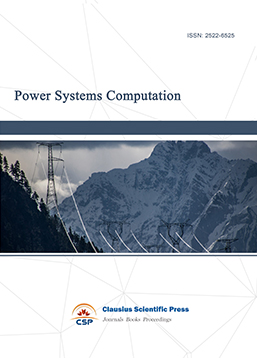
-
Internet of Things (IoT) and Engineering Applications
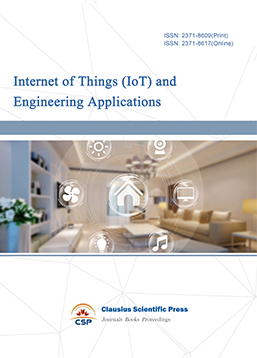
-
Computing, Performance and Communication Systems
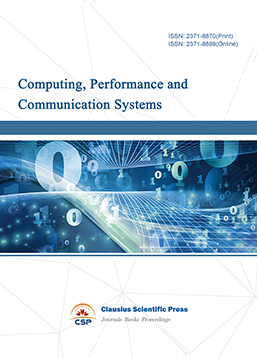
-
Journal of Artificial Intelligence Practice
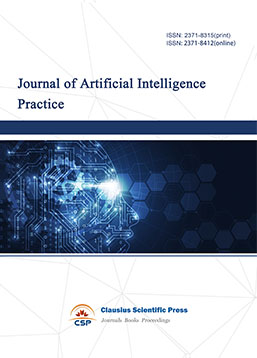
-
Advances in Computer, Signals and Systems
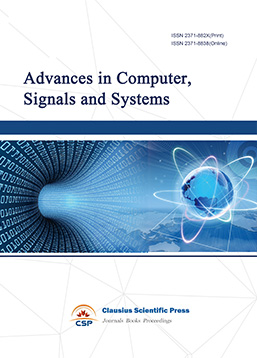
-
Journal of Network Computing and Applications
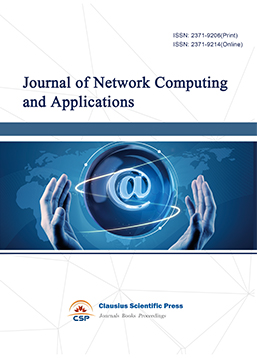
-
Journal of Web Systems and Applications
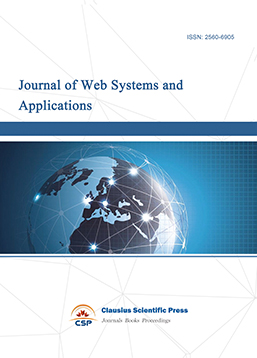
-
Journal of Wireless Sensors and Sensor Networks
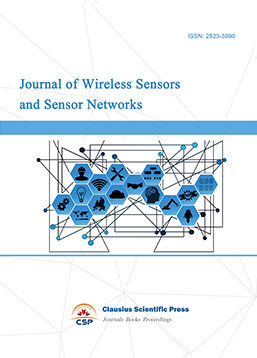
-
Journal of Image Processing Theory and Applications
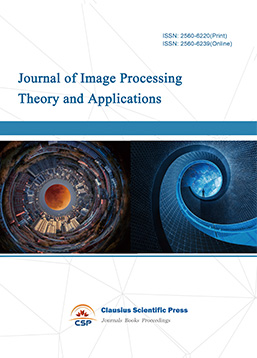
-
Mobile Computing and Networking
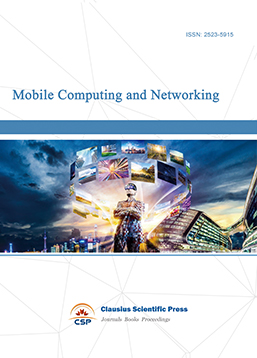
-
Vehicle Power and Propulsion
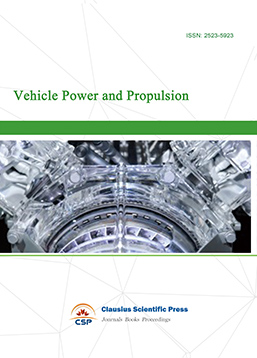
-
Frontiers in Computer Vision and Pattern Recognition
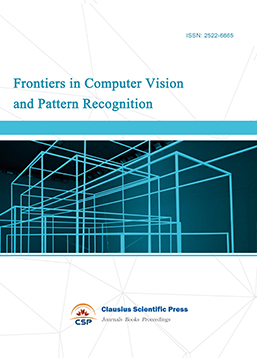
-
Knowledge Discovery and Data Mining Letters
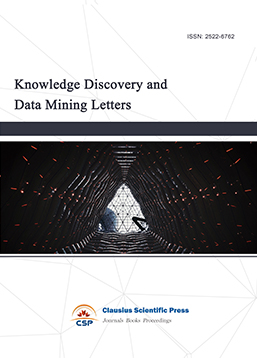
-
Big Data Analysis and Cloud Computing
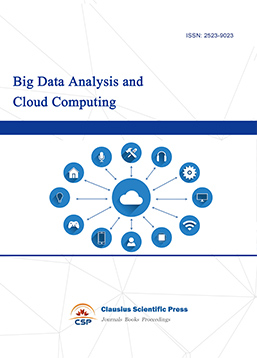
-
Electrical Insulation and Dielectrics
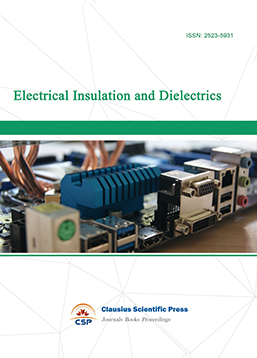
-
Crypto and Information Security
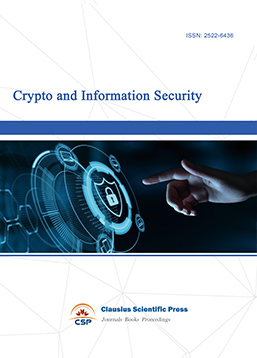
-
Journal of Neural Information Processing
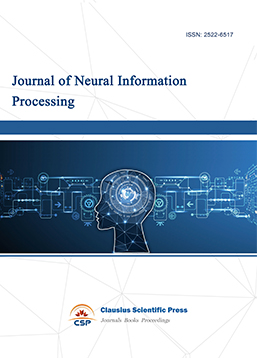
-
Collaborative and Social Computing
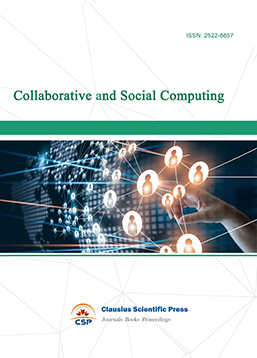
-
International Journal of Network and Communication Technology
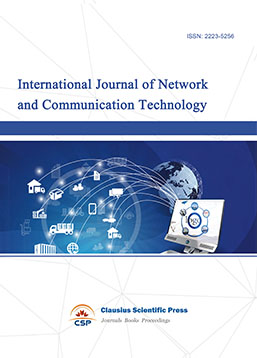
-
File and Storage Technologies
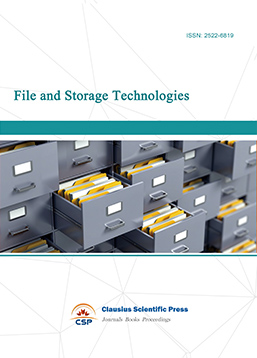
-
Frontiers in Genetic and Evolutionary Computation
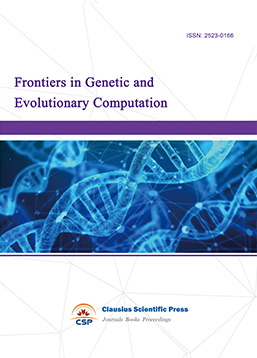
-
Optical Network Design and Modeling
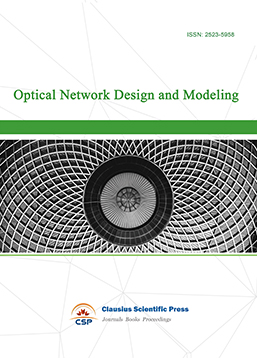
-
Journal of Virtual Reality and Artificial Intelligence
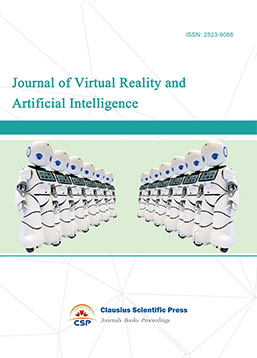
-
Natural Language Processing and Speech Recognition
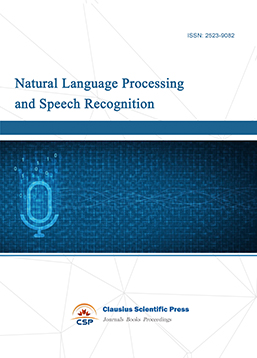
-
Journal of High-Voltage
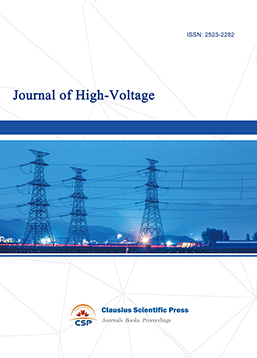
-
Programming Languages and Operating Systems
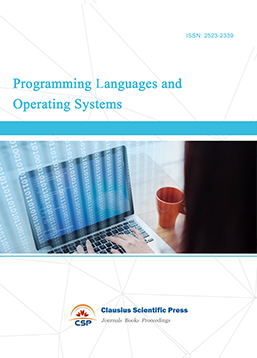
-
Visual Communications and Image Processing
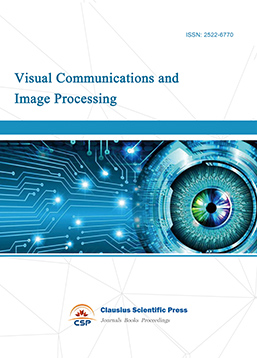
-
Journal of Systems Analysis and Integration
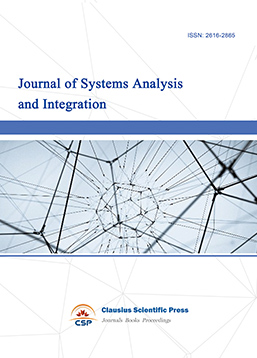
-
Knowledge Representation and Automated Reasoning
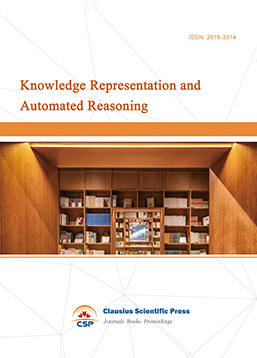
-
Review of Information Display Techniques
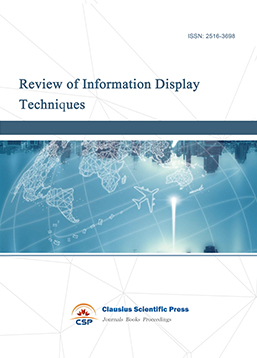
-
Data and Knowledge Engineering

-
Journal of Database Systems
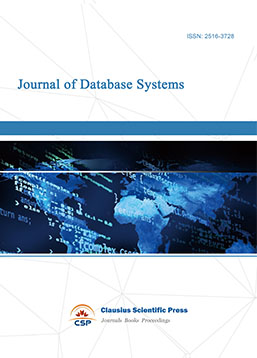
-
Journal of Cluster and Grid Computing
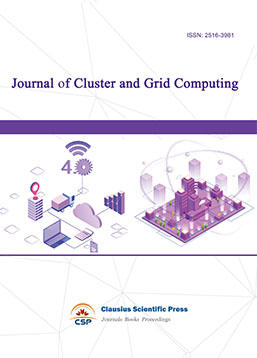
-
Cloud and Service-Oriented Computing
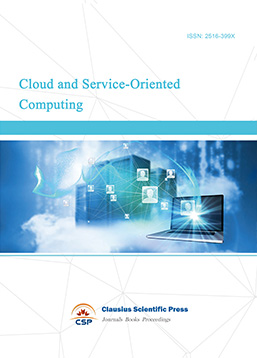
-
Journal of Networking, Architecture and Storage
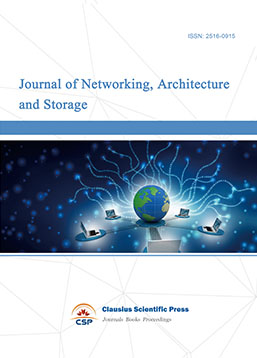
-
Journal of Software Engineering and Metrics
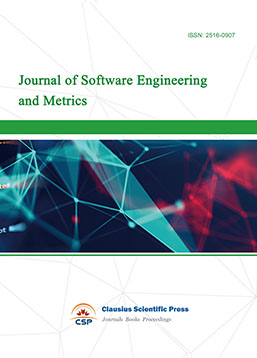
-
Visualization Techniques
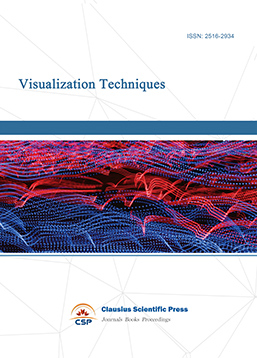
-
Journal of Parallel and Distributed Processing
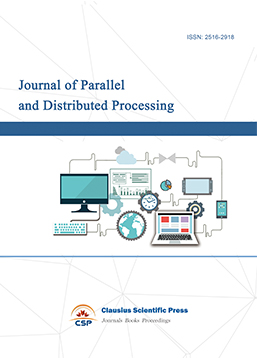
-
Journal of Modeling, Analysis and Simulation
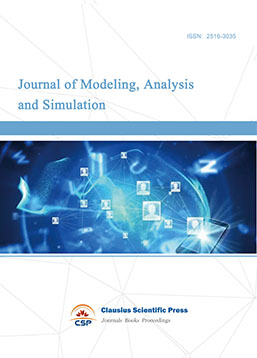
-
Journal of Privacy, Trust and Security

-
Journal of Cognitive Informatics and Cognitive Computing
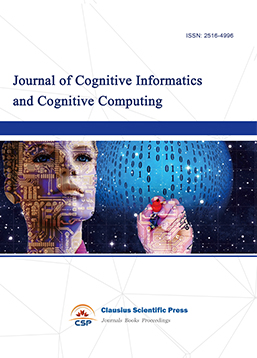
-
Lecture Notes on Wireless Networks and Communications
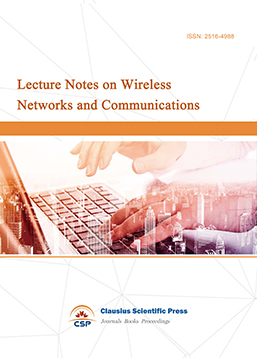
-
International Journal of Computer and Communications Security
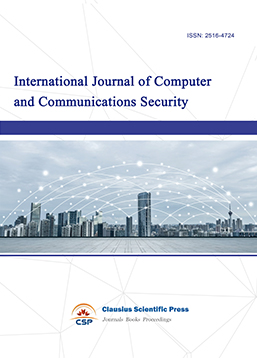
-
Journal of Multimedia Techniques
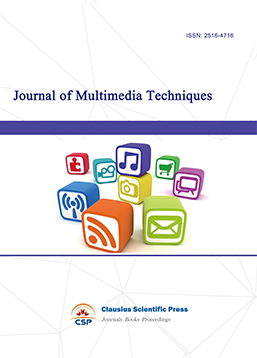
-
Automation and Machine Learning

-
Computational Linguistics Letters
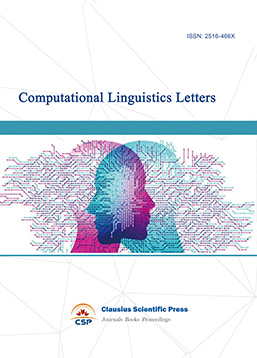
-
Journal of Computer Architecture and Design
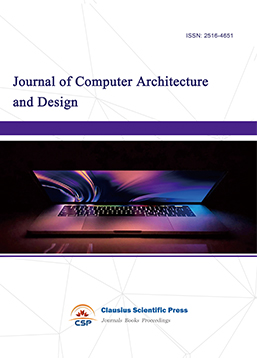
-
Journal of Ubiquitous and Future Networks
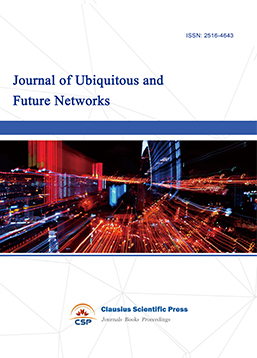

 Download as PDF
Download as PDF